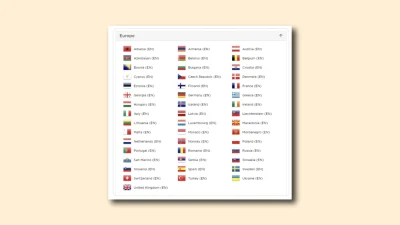Defining segments in Google Analytics

An in-depth analysis of the customer journey is essential to figure out how best to increase conversion. Segmentation is a powerful tool for identifying and comparing different sources.
What is a Google Analytics segment?
In traditional marketing, we speak of customer segments. These are groups of consumers who share the same characteristics. In Google Analytics, visitors to a website are segmented in the same way. Visitors are also categorized by matching characteristics.
The types of segments
In Google Analytics, you can segment in several ways. You can segment based on different characteristics. These are the types of segments in Google Analytics:
- traffic source;
- visitor type;
- location;
- viewed content;
- type of landing page;
- action taken;
- demographics;
- resale value;
- involvement.

Segmenting in Google Analytics
In the menu, you can click on “target audience.” Here you can create a segment based on the data collected by Google. Click the plus and check the attributes based on which you want to set up the segment.
- User Segments (can be spread over multiple session with a maximum range of 90 days) (age, gender and other stuff too)
- Session Segments (in 1 session: ex. goal completed, revenue generated)
Multiple segments can be added to 1 report for comparison. 4 segments can be compared simultaneously.
Segments can be imported from/shared to the solution gallery. If you share a segment then you are not sharing data, just the segment.
Custom Dimensions help define a group of data specific to a particular business. They can be used as:
- a secondary dimension in standard reports;
- A primary dimension in custom reports;
- or as a segment.
Custom Metrics can be used with any standard dimension or custom dimension that cannot be measured by standard metrics
You can also upload your own data to Google analytics, including :
- Hit Data
- Extended Data stored in a Custom Dimension or Metric
- Summary Data
Data import combines your offline data with the hit data that analytics collects from your Web site.
Bounce rate
When a user performs only 1 interaction on a page and then stops or lets the session expire without a subsequent interaction.
Metrics and dimensions can only work with each other if they are in the same scope. Scopes in which metrics and dimensions may reside are:
- Hit Level
- Session Level
- User Level
Once google has determined what the dimensions and associated metrics are, then it links unfiltered data with and unique property ID to your account (tid=).






